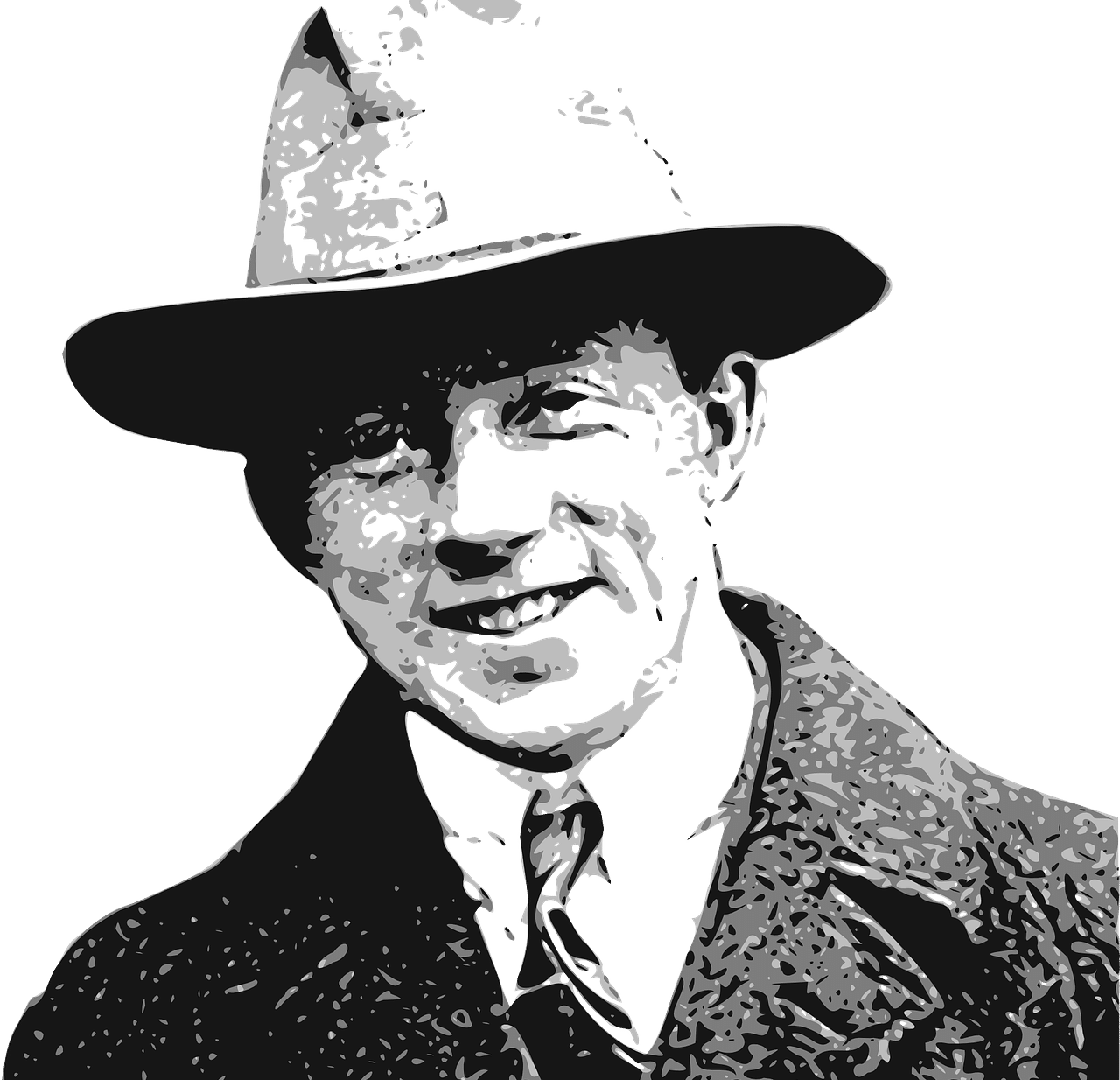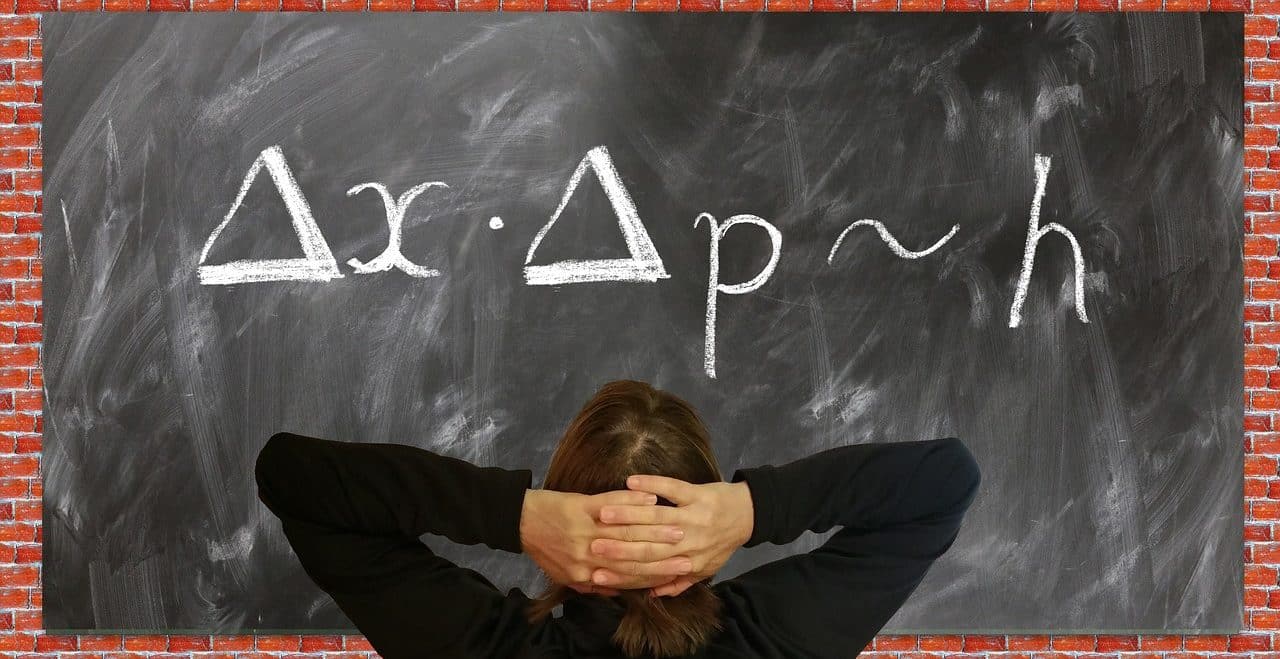
Theoretical physicist Werner Karl Heisenberg played a transcendental role in the emergence of quantum mechanics.
Werner Heisenberg is one of the unavoidable names when reviewing the emergence of quantum mechanics and remembering the mathematical formulation that this theoretical physicist of German origin made about it. That revolutionary contribution of his that led him to obtain the Nobel Prize in Physics in 1932 was known as matrix mechanics . This came to be considered an extension of Bohr's atomic model to interpret how a quantum jump occurs. Paul Dirac , meanwhile, took advantage of it to establish the bra-ket notation .
Another highly relevant contribution of his is known as the uncertainty principle , although it is also often referred to as the Heisenberg indeterminacy relation . Thanks to this statement, for example, it is possible to calculate the energy of the zero point that certain systems have.
Throughout history, his figure was immortalized in notions that mention Werner 's surname, as occurs with the Heisenberg formula and the concepts of both the Heisenberg model (ideal for studying a magnetic system focusing on the transitions of phase and critical points) as Heisenberg matrices . The so-called Heisenberg limit has also been gaining prominence over time, which regained visibility seasons ago when a team of scientists set out to improve the sensitivity of equipment intended for high-precision measurements. In this context, there was an announcement linked to the Heisenberg limit because it was concluded that it does not influence when the quantum particles responsible for the operation of the measuring instrument interact with each other, information that has reinforced the idea of achieving an evolution without restrictions or limitations at the level. technological.
Werner Heisenberg Biographical Data
Werner Karl Heisenberg came into this world when in 1901 the fifth day of the last month of the year was passing. Würzburg was the city where this descendant of the couple formed by Annie Wecklein and August Heisenberg was born, while Munich was the city that witnessed his training and professional evolution but also his death, since he died there on February 1, 1976. .
This passionate mathematician who also turned his attention to physics attended the University of Munich . Among his focuses of interest were number theory, the theory of relativity formulated by Albert Einstein , atomic theory and the theory of elementary particles .
In 1923 he attended the University of Göttingen after earning his doctorate and there he worked as an assistant to Max Born , a German mathematician and physicist who decades later was awarded a Nobel Prize .
Later, thanks to the support given by the Rockefeller Foundation through a scholarship, Werner came to work at the University of Copenhagen alongside Niels Bohr . With this physicist from Denmark whose work was decisive in advancing knowledge about quantum mechanics and the atom , Heisenberg had professional coincidences but conflicting views on ethical matters due to the possibility of taking advantage of theoretical physics in favor of the manufacture of nuclear weapons .
In 1941, having already gained vast experience as a university professor of theoretical physics , Heisenberg took charge of the direction of an entity that is currently known as the Max Planck Institute for Physics .
Nor can it be overlooked that at the time of World War II , this man who had Wolfgang Pauli as a classmate was committed to a German nuclear energy project for the development of an atomic bomb .

Werner Heisenberg stated the uncertainty principle (also known as the Heisenberg indeterminacy relation) in 1927.
Recognitions
Beyond having been announced the 1932 Nobel Prize in Physics , Werner Heisenberg was awarded the Sigmund Freud Prize for Academic Prose and the Matteucci Medal , for example.
He was also a great inspiration for artists and other scientists. The British playwright and writer Michael Frayn , to detail a specific case, created the play "Copenhagen" to recreate an important meeting between Heisenberg and Niels Bohr during the Second World War . In 2002 , Howard Davies adapted this material and that audiovisual content could be seen in the United States through the small screen.
Characters from multiple series have even made allusions to this outstanding physique.

Quantum mechanics is known as a branch of physical science whose object of study is nature approached from a small spatial scale.
Publications by Werner Heisenberg
There is an abundance of bibliography that adds attractive and enriching data about Werner Heisenberg and his legacy. It is also possible to consult books that bear his signature. Among the latter are «Dialogues on atomic physics» , «The part and the whole. Conversing about atomic physics" and "The image of nature in current physics."
On the other hand, there are reading options that refer to him or his scientific contributions. Antonio Fernández-Rañada , to indicate a reference, has launched «Heisenberg. From quantum uncertainty to the Nazi atomic bomb" , while Frank Herbert is the author of a fiction proposal that, in Spanish, is titled "Heisenberg's eyes" .
